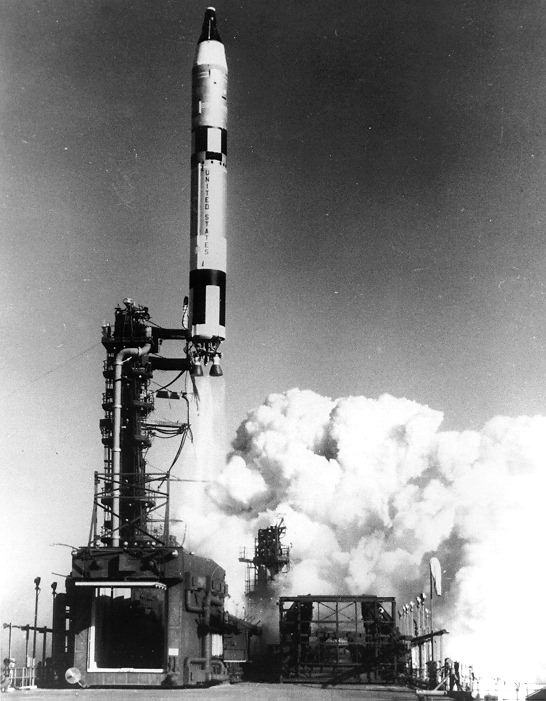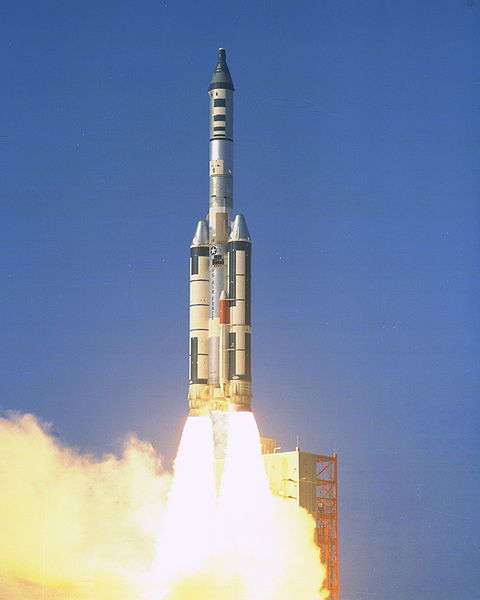
Photo Gallery
Overview
Display location:
History
The Gemini Capsule in the Schriever Room goes by two names because it was flown on two different missions, the only capsule to hold such a distinction.
First, on 19 January 1965, the capsule was flown by NASA from Launch Complex 19 as GT-2 (Gemini-Titan 2) atop a Titan II booster as one of the initial test flights in the Gemini series. It was unmanned, but filled with weight and test equipment to simulate occupancy by two astronauts.
The second flight occurred on 3 November 1966, when the capsule was flown by the US Air Force as MOL-B from Launch Complex 40 atop a Titan IIIC as a test flight for the Air Force’s Manned Orbiting Laboratory (MOL) program. This second flight was also unmanned and highly instrumented, but one of the main objectives was to test an unusual feature necessary with the new heat shield.
Testing
To allow the military astronauts, once in orbit, to transit from the capsule to the laboratory attached to the back of the capsule, engineers were to install a round hatch that required cutting a hole in the heat shield. There were concerns that hot gases could penetrate the space surrounding the hatch and destroy the capsule during re-entry. This test confirmed the configuration would not result in a destructive burn-through of the heat shield.
Another unique fact associated with this capsule is its military markings remaining from its second flight. Portions of “U.S. AIR FORCE” and the military star insignia that survived the heat of re-entry are still visible (above) on the outside of the capsule.
The Manned Orbiting Laboratory was to be a military reconnaissance platform (space station) manned by military astronauts. The program was announced in 1963 and cancelled in 1969. Learn the history of the MOL program in the Public Broadcasting System documentary “Astrospies“. The link will take you to the PBS web site where you can watch the film online.

